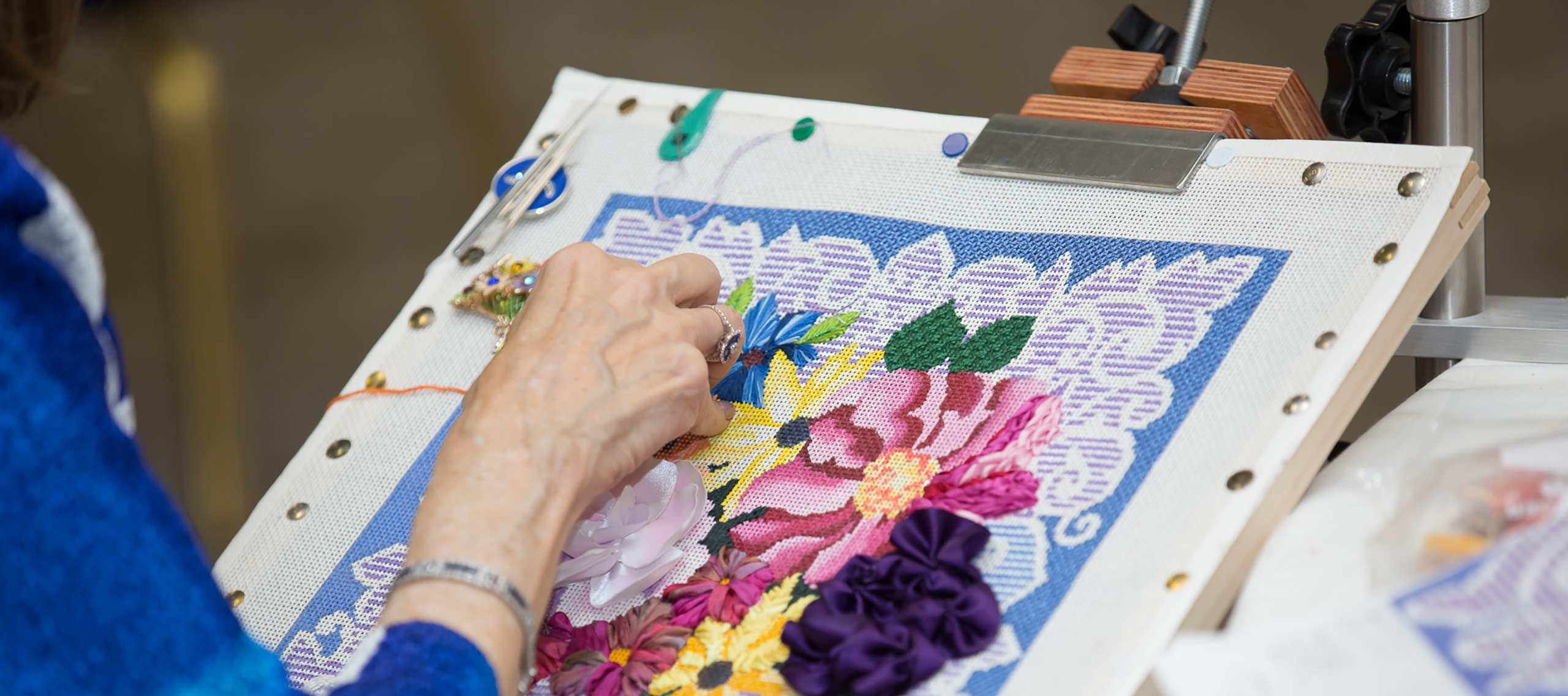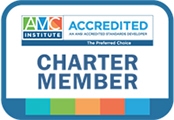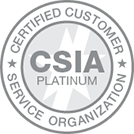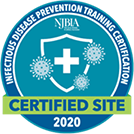It’s an artform that happens amid calm, with creativity flowing through fingertips through needle and thread. Needlepoint—a form of embroidery typically stitched on an openwork canvas—is a storied artform, believed to have originated in the 17th century. Today, needlepoint artists span everyone from hobbyists to those who make their living in the needlearts creating and selling designs. Since its inception nearly 50 years ago, the American Needlepoint Guild (ANG) has served to teach, promote, and preserve the art of needlepoint. During the pandemic, ANG found new ways to engage both with their core community of stitchers, stuck at home and who couldn’t get out to connect with other ANG members, and new stitchers exploring a new artform while the world hit pause for one long moment.
“ANG is really focused on teaching and engaging the bigger community with needlepoint, and over the last year, it's become increasingly important to many people, we’ve found younger people, and people who used to stitch are coming back to needlepoint as a form of relaxation,” said Janice Geipel, ANG president-elect and VP operations.
Expanded Content Offerings
With a focus on teaching, ANG set out to reach a wide range of needlepointers via an expansion of its magazine, Needle Pointers.
“We've had a couple of recent initiatives, we're really looking to expand the reach of the organization,” Linda Rand, ANG’s President said. “One of the things that we've done is had a great expansion of our bi-monthly magazine, Needle Pointers. That magazine is full of needlepoint projects, articles, tips, and hints, basics, everything you can imagine needlepoint.”
Another content offering that was conceived was Hold Up Minis (HUMs). HUMS are small, quick, and easy projects that stitchers can do with whatever amount of threads and canvas they have on hand.
“The project actually came about from the editor of Needle Pointers magazine, Maureen Giuffre, and Marilyn Owen, who also works with Maureen on the magazine,” Rand said.
“Marilyn especially was instrumental in talking to all of the teachers and the designers out there and getting their permission,” Geipel said. “And they're very simple but beautiful designs, that could not only be used as designs but also learning different techniques and different stitches.”
Building Communities
Reaction to HUMS has been over the top, as more and more needle pointers use HUMs, the more ANG sees on social media.
“But feedback on these was amazing. I mean, just go out on Facebook to one of the needlepoint Facebook groups,” Rand said. “And we saw lots of pictures posted.”
HUMS allow those to use their creative spirit and change the colors, the texture of the thread, and just about anything else, to make it their own. Or it can be stitched exactly as it was designed for those who are just a bit too stressed to be creative that day.
For both Rand and Geipel, needlepointing is more than just a hobby, it is about being passionate and the caring community needlepointing brings.
“People are really passionate about needlepoint. You know, like many hobbyists, we love what we do,” Rand said. “We are very excited about what we do.”
“I love it because not just of the materials and the designs and the teachers and what they bring to us. But that is just a part of it,” Geipel said. “The bigger part is being part of this community.”




